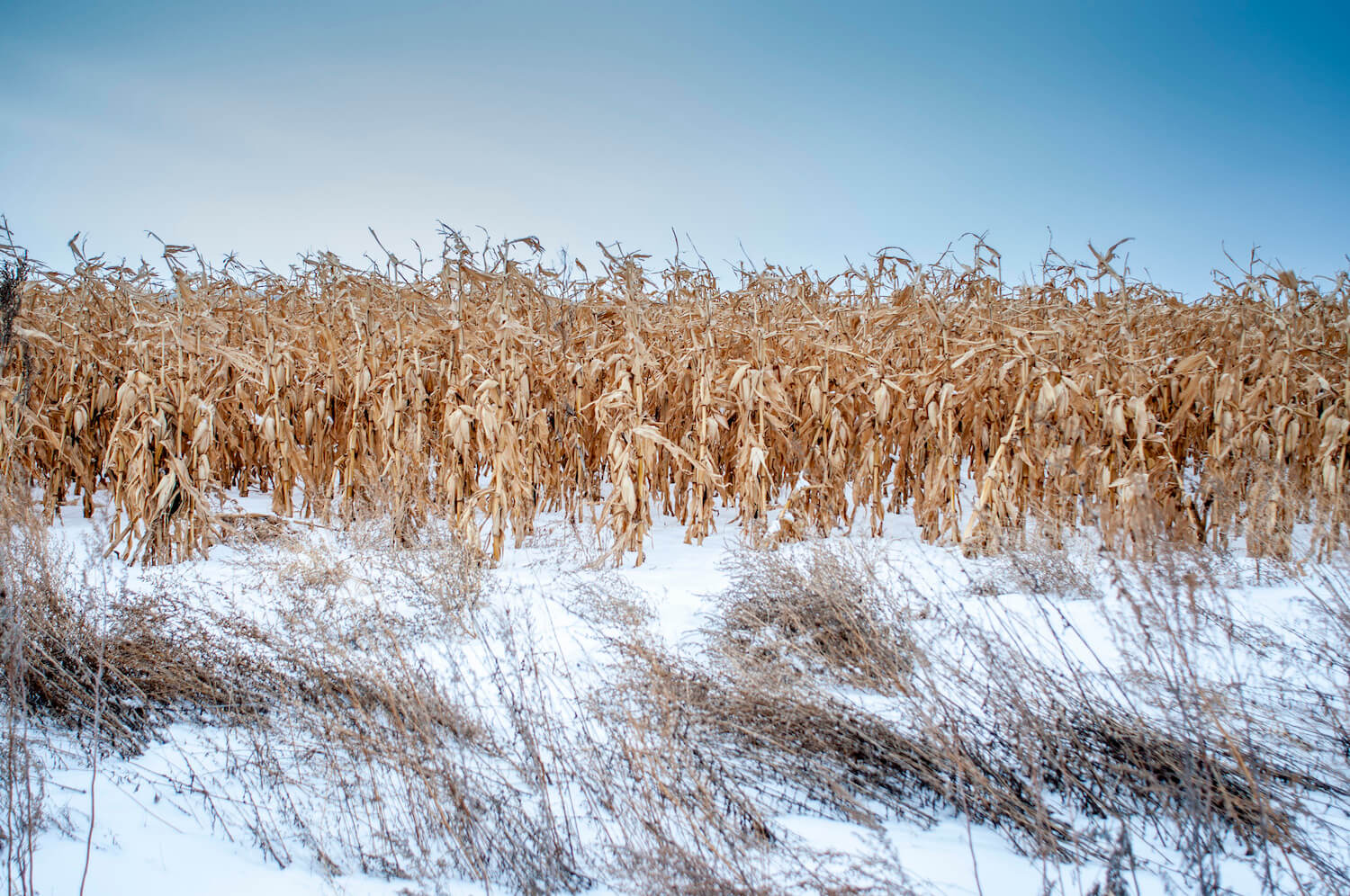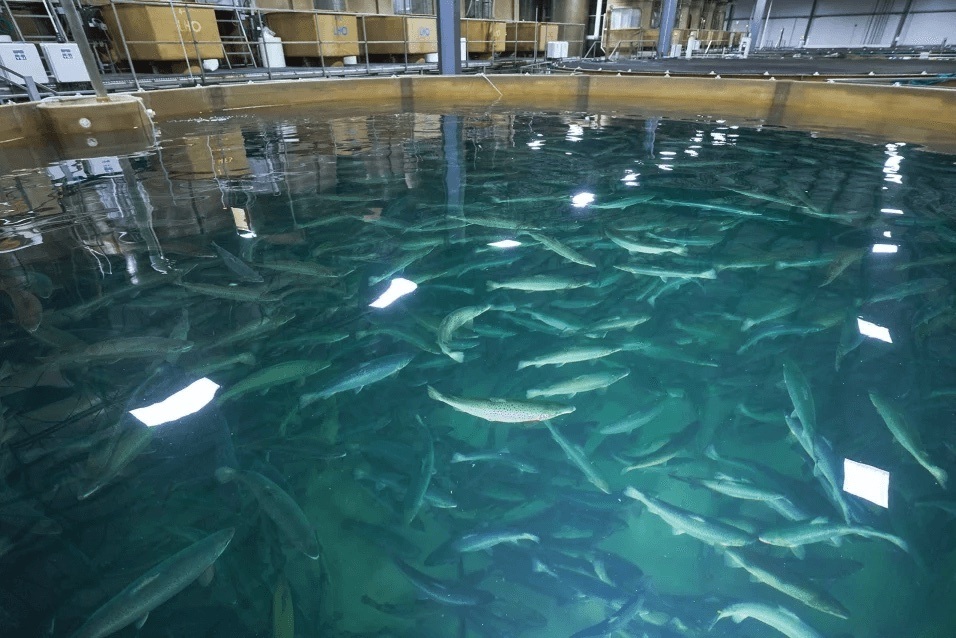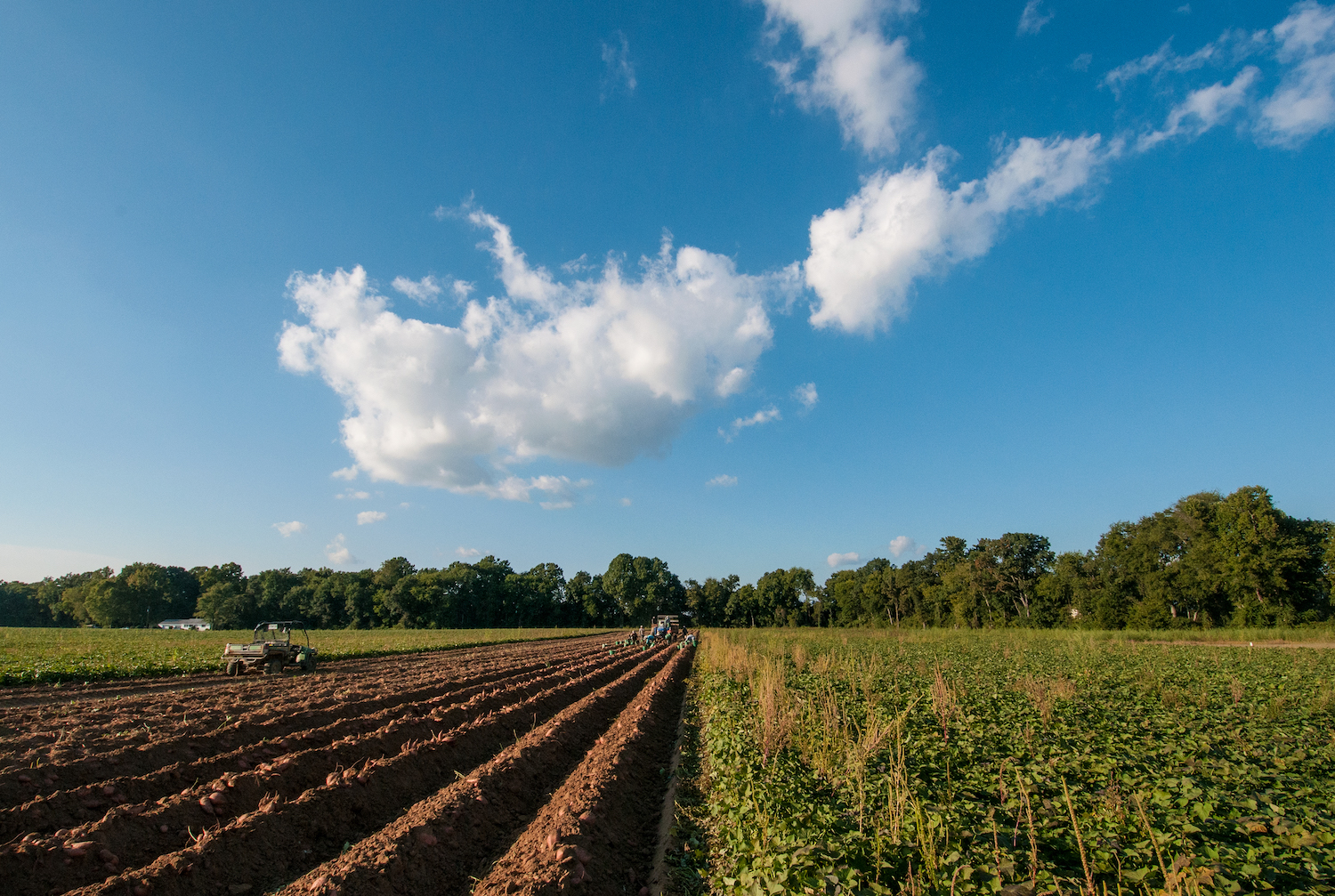Present-day genetic modification has a lot to learn from ancient corn breeding
Nine thousand years ago, farmers in present-day Mexico grew teosinte, a “skinny, hairier version of maize,” Massive Science reported. Now, scientists have begun analyzing fossilized cobs to learn more about the food that became a staple crop over the next 5,000 years. One key takeaway: In contrast to the genetically modified crops grown today for uniformity, farmers used to cultivate many different varieties of maize, preserving biodiversity and ensuring the survival of strains that grow well in droughts and floods. The maize varieties that resulted from thousands of years of breeding were actually more genetically diverse than their ancestor, teosinte.





